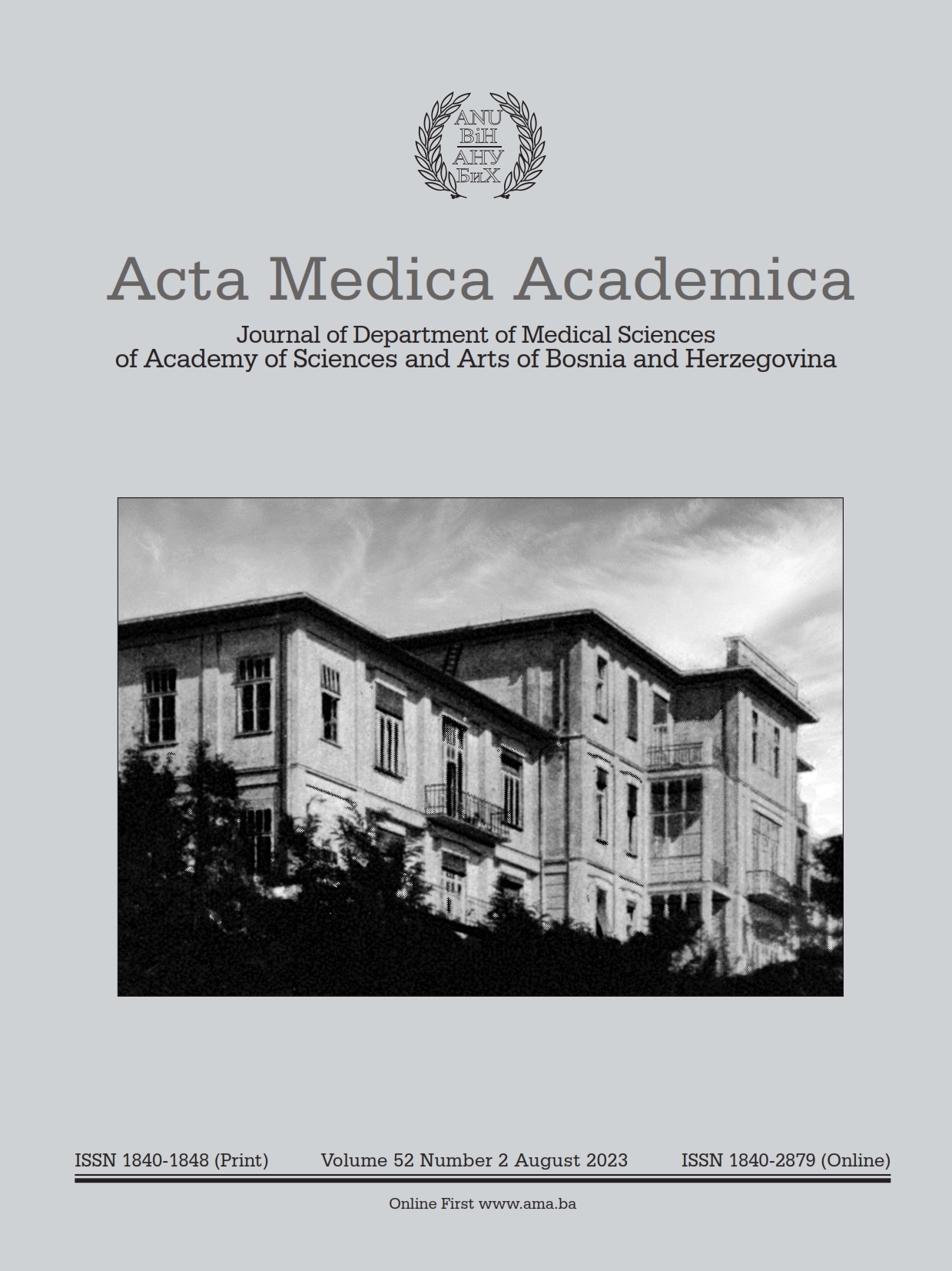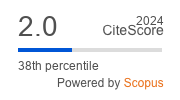A Review of the Typical Course of the Musculocutaneous Nerve into the Coracobrachialis Muscle: Its Variability and Possible Clinical Implications
DOI:
https://doi.org/10.5644/ama2006-124.409Keywords:
Musculocutaneous Nerve, Arm, Coracoid Process, Prevalence, Review LiteratureAbstract
Objective. This literature review highlights the prevalence of the typical course of the musculocutaneous nerve (MCN) through the coracobrachialis muscle (CB), and evaluates the distance from the entrance point of the MCN to the CB, taking the coracoid process (CP) as a landmark.
Methods. PubMed (MEDLINE), Scopus, and CINAHL online databases were searched in December 2022 for studies reporting the prevalence of the MCN’s typical course and the distance between the CP and the MCN entrance point to the CB.
Results. Twenty-eight studies were included (including 2846 subjects) investigating the MCN’s typical course, and eliciting a prevalence of 93.4%. The mean distance of the CP to the entrance point of the MCN’s main trunk into the CB was 5.6±2cm (median 6.1cm, in 550 subjects). In 76.12% of cases the MCN’s accessory branches entered the CB proximally to the MCN’s main trunk. The mean distance from the CP to the entrance point of the MCN’s proximal branches to the CB was 3.8±1.2cm (median 3.7cm, in 140 subjects).
Conclusion. In the vast majority of cases, the MCN had a typical course through the CB. In cases of altered anatomy, the MCN was either absent or passed medially to the CB (without piercing it). The average entrance point of the MCN into the CB from the CP is 5.6 cm. Proximal motor branches of the MCN to the CB are common and usually arise at a mean distance of 3.8cm from the inferior border of the tip of the CP. Surgeons should be aware of both the MCN’s typical and its atypical course and these distances to avoid possible complications when operating in the area.
Downloads
Published
Issue
Section
License
Copyright (c) 2023 Ioannis Pantekidis, Maria Piagkou, Christos Koutserimpas, Alexandros Samolis, George Tsakotos, Michael Kostares, Theodore Troupis

This work is licensed under a Creative Commons Attribution-NonCommercial 4.0 International License.





